Aragonite
Aragonite is a type of Calcium Carbonate mineral. It is chemically the same as calcite - but has a different crystalline form and is much less common. Aragonite gradually breaks down to Calcite over the course of millions of years - and for this reason no Aragonite older than the Carboniferous period has been found. [1]
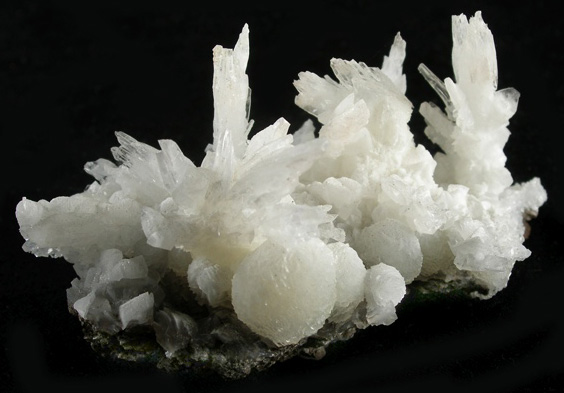
Aragonite from Arizona, USA.
Photo by Rob Lavinsky, iRocks.com – CC-BY-SA-3.0
image lic. under CC-BY-SA-3.0 License
As can be seen from the diverse array of aragonite crystals in the pictures, aragonite can occur in a wide variety of forms and colors. In its pure form, it is white or clear translucent - and the colored forms are the result of mineral impurities.
Aragonite can be columnar, fibrous, can occur in the form of "blobs", in clusters of pseudohexagons, or occasionally in branching stalactitic form. It is the principal component of coral and pearl, [2] also occurring in caves, at geysers and hot springs. At certain periods in history more than others, aragonite has formed in the calcium carbonate shells of marine lifeforms such as molluscs. [1]
Aragonite is soft compared to many other minerals, with a hardness of 3.5-4 on the Mohs scale. [1] It should be handled with care as it is breakable. For this reason also, aragonite and aragonite jewelry should not be cleaned using chemicals or cleaning machines such as ultrasonic cleaners. [3] Calcium carbonate is also sensitive to the action of acids, which can dissolve it.
Aragonite in crystal form occurs in certain lava beds.[4] Aragonite can occur in large deposits, and as a result it has been sculpted into numerous objects, including table tops, mantels and fountains. [5]
Aragonite Occurrence
Aragonite was first described from a discovery in Molina de Aragón (the Aragon Province), Guadalajara, Spain and was named in 1797. It also occurs in numerous other locations, including in the sulphur mines of Agrigento (Sicily), Morocco, California and Australia. [2]
Aragonite can also occur as an inclusion within other minerals, such as fluorite.
There are several subcategories / varieties of aragonite, including zeiringite, pisolite, plumboan aragonite, mossottite (rich in strontium), tarnowitzite (rich in lead), and nicholsonite (rich in zinc). [2]
Aragonite is also the name of a ghost town in Utah, in the Western USA. As one might guess (and as is typical for the numerous towns in the Southwestern USA that take their name from minerals), the mineral Aragonite was discovered and mined in the town subsequently named Aragonite; and like other mining communities in remote, inhospitable or arid regions whose livelihood was entirely dependent on mining profits, when the easy or profitable supply of the mineral had been exhausted, the population abandoned the area - leaving behind a ghost town. [6]
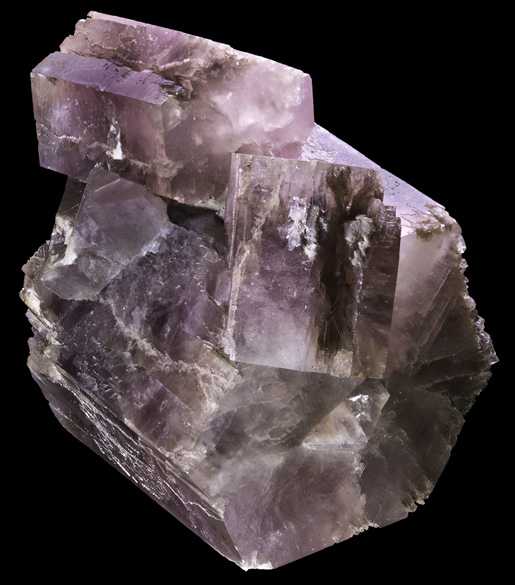
Aragonite from Castile-La Mancha, Spain.
Photo by Didier Descouens - released under CCA 3.0 Unported License
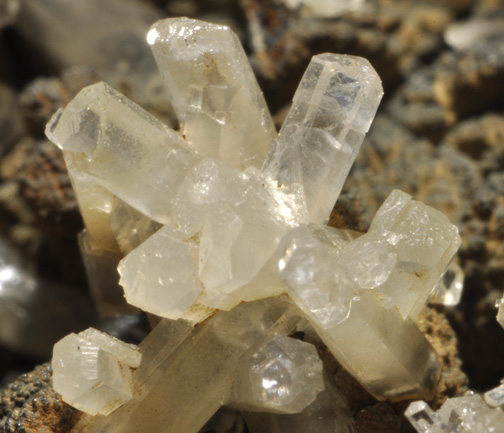
Aragonite
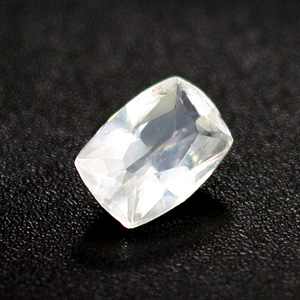
Aragonite Gemstone
From Czech republic. 0.32 carat emerald cut; 5.3 x 3.8 x 2.6mm.
Image supplied by Freakingcat Gems
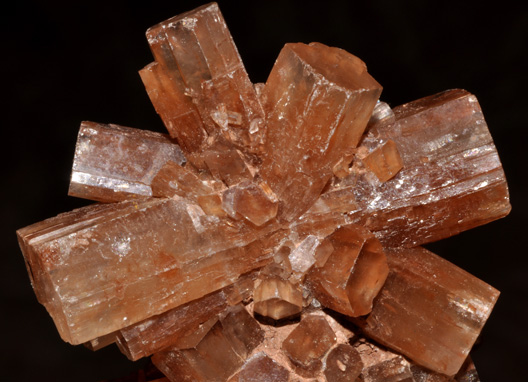
Aragonite
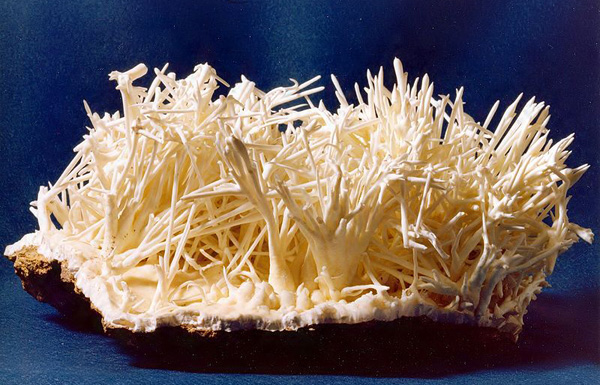
Aragonite
Aragonite - Sources Referenced:
[1] http://en.wikipedia.org/wiki/Aragonite
[2] http://www.minerals.net/mineral/carbonat/aragonit/aragonit.htm
[3] http://www.associatedcontent.com/article/679905/discovering_the_gemstone_known_as_aragonite_pg2.html?cat=46
[4] http://geology.about.com/od/minerals/ig/minpiccarbonates/minpicaragonite.htm
[5] http://www.goldenlightaragonite.com/
[6] http://www.ghosttowns.com/states/ut/aragonite.html
Back to the Gemstones List home page - over 160 gemstones explored!
Please feel free to link to this page - copy / paste the text below: (click to select)
Privacy Policy | Cookie Policy | GDPR | About This Site / Terms

© gemstoneslist.com


